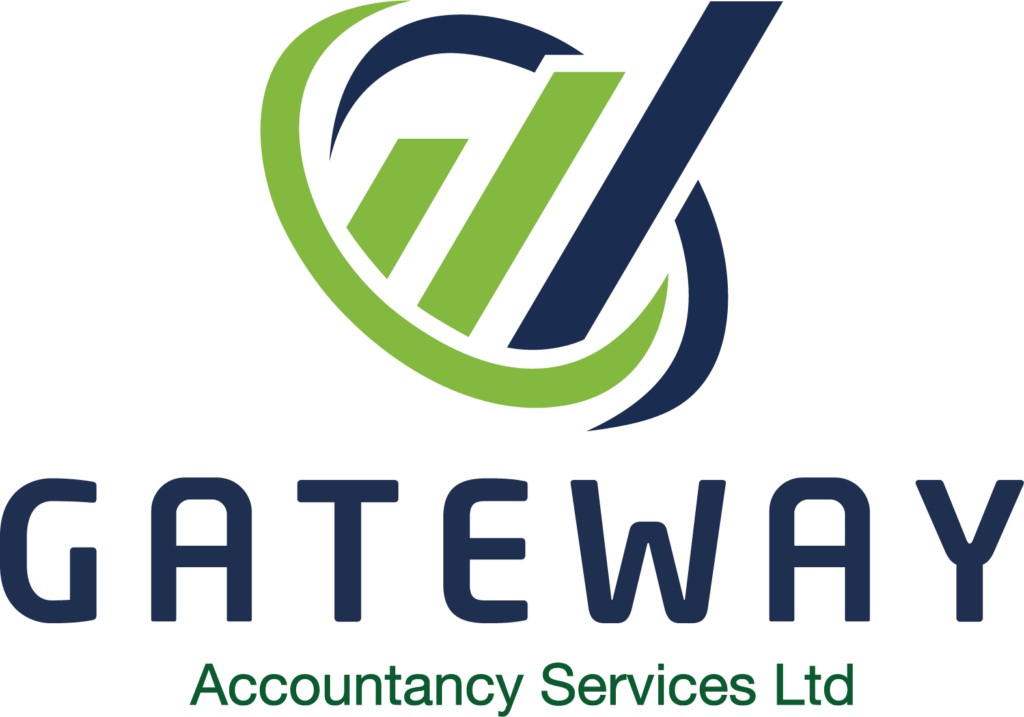
Money Laundering is a major criminal activity in the financial world that can’t be taken lightly. It’s the process of disguising the origins of money obtained through illegal means like fraud, terrorism, drug trafficking etc. Criminals can hide their crimes and make the dirty money appear as if it is clean by “laundering” money acquired by illegal activities through legitimate business practices. This is where anti-money laundering (AML) measures come into play. By having AML measures in place, money launderers can be caught in the act and stopped from exploiting businesses for unlawful gain.
Money Laundering is the process of concealing where money acquired through illegal activities came from and making it seem like it was acquired legitimately. Here are some examples of activities that are known for producing “dirty money”:
There are 3 stages criminals attempt to launder their dirty money:

AML measures refer to the policies, procedures and controls that businesses and institutions put in place to detect and prevent money laundering activities.
Having a strong AML program is crucial for a few key reasons:
For the rest of this guide we will discuss common anti-money laundering controls.
The first money laundering control measure we will discuss is Customer Due Diligence (CDD). CDD is verifying customer identities through documentary evidence and other background checks to detect potential money laundering risks. There are 3 main levels of CDD:
Firms must have risk assessment procedures to determine the appropriate CDD level for each customer scenario. Records of CDD checks must be kept for at least 5 years after the business relationship ends.

KYC is collecting and analysing customer information like sources of funds, wealth, and transactions to ongoing monitoring for suspicious activity.
Comprehensive KYC procedures play a vital role in anti-money laundering by helping businesses:
Common KYC requirements include obtaining and verifying details such as:
For Individual Customers:
For Corporate Customers:
By developing a comprehensive customer risk profile through KYC, firms can more effectively monitor for unusual or suspicious patterns that could indicate money laundering.
Transaction monitor involves monitoring customer transactions and activity for red flags that could indicate money laundering, such as irregular cash deposits, rapid movement of funds, etc.
Effective transaction monitoring allows businesses to identify unusual transaction patterns that could indicate money laundering schemes like:
Financial institutions typically employ a mix of automated transaction monitoring systems and human analysis to detect suspicious activities. Automated systems use specialized software and algorithms to identify transactions meeting certain risk criteria defined by the bank.
An example of this would be an automated system potentially flagging any cash deposits over £10,000 for further review by an analyst. The analyst would then investigate the transaction details, customer information, expected account activity and other factors to determine if it represents truly suspicious money laundering behaviour or is legitimate.
In addition to cash transactions, effective monitoring should also review:
By baselining number and pattern of customer transactions over time, monitoring systems can detect significant deviations that could expose money laundering.
Robust transaction monitoring allows firms to meet anti-money laundering regulatory requirements while protecting themselves from being exploited by bad actors. It serves as an essential preventative control.

This is when you have processes to report suspicious transactions to the UK’s Financial Intelligence Unit (National Crime Agency).
A core requirement under the UK’s Money Laundering Regulations is the obligation for regulated firms to report any suspected money laundering activities to the appropriate authorities.
This reporting of suspicious activities is done through Suspicious Activity Reports (SARs) submitted to the UK Financial Intelligence Unit (UKFIU) which is housed within the National Crime Agency.
Some key points about Suspicious Activity Reporting requirements:
Common examples of activities that should trigger a SAR include:
Failure to submit a SAR can potentially result in unlimited fines for businesses as well as prison sentences of up to 5 years for individuals found guilty of money laundering offenses.
Developing robust SAR policies, procedures and internal reporting channels allows firms to meet their legal obligations while uncovering potential money laundering risks.
Providing AML training to staff and having designated compliance personnel to oversee the AML program.
Having proper anti-money laundering policies and procedures in place is crucial, but they won’t be effective without a strong training and awareness program. Equipping employees with the knowledge to identify potential money laundering risks is vital.
UK regulations require relevant firms to provide AML training to their staff on an ongoing basis. At a minimum, AML training programs should cover:
Best practices recommend taking a risk-based approach, providing enhanced training to roles with higher exposure to potential money laundering risks like:
Maintaining AML awareness is also important. Tactics can include periodic staff reminders, newsletter updates on emerging typologies, and channels for asking questions or reporting concerns.
Some firms go as far as to conduct periodic tests of staff AML knowledge through techniques like:
Having an AML training and awareness program is essential for making anti-money laundering measures effective on a day-to-day operational level.
The consequences of inadvertently facilitating money laundering – whether it’s hefty fines, criminal prosecutions, or irreparable reputational damage – are simply too severe to ignore. Prioritizing strong anti-money laundering controls has to be a key strategic focus.
Start reviewing your current AML policies and procedures today against the information covered in this guide. Identify gaps, make enhancements where needed, and take the steps to strengthen your defences against money laundering threats. The integrity of your business depends on it.
